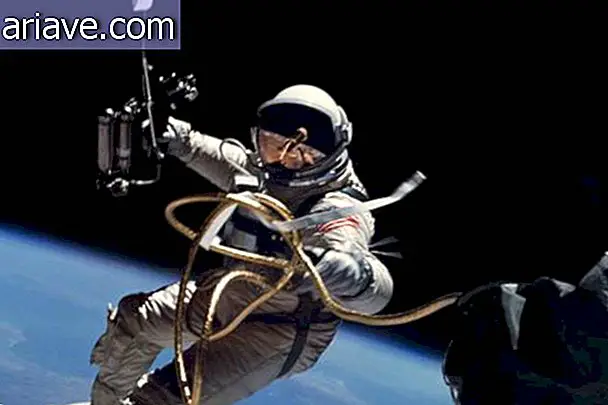NASA spacecraft begins Pluto exploration
After nine years of travel and 4.8 billion kilometers, the New Horizons spacecraft began exploring Pluto to unravel the mysteries of the distant dwarf planet and its moons.
After a long hibernation period of 1, 873 days to preserve its instruments and electronic systems, the NASA spacecraft probe began exploration of Pluto on January 15, at a distance of 260 million km.
So far, the transmitted images are just points of light that NASA scientists use to guide the spacecraft to its destination, located precisely 12, 500 km from the surface of Pluto, the closest overflight point.
The atmosphere around Pluto, discovered in 1930, makes an orbit around the planet impossible, forcing the probe for remote observation. Despite the low light of Pluto and its moon Charon, the New Horizons spacecraft must collect data on the geology of the two stars and establish an accurate topography.
"New Horizons is on its way to Pluto, the largest and most complex dwarf planet in the Kuiper Belt, " a large ring of debris around the solar system, explained Alan Stern of the Southwest Research Institute (SWRI), a leading scientist. Mission.
"This '21st century gathering' will be a unique exploration of impact ... since the Voyager missions in the 1980s, " he told a news conference Tuesday. The two Voyager probes - including one that came out of the solar system - flew over the planets Jupiter, Saturn, Uranus, Neptune and 48 of their satellites.
"With this unprecedented flight in July, our knowledge of Pluto and its moons will increase exponentially and I have no doubt that we will make exciting discoveries, " said John Grunsfeld, NASA's head of scientific missions.
Smaller than the moon
Pluto, which has five moons, has a nitrogen atmosphere, a complex station system, distinctive geological features and is made up mainly of rock and ice.
The dwarf planet revolves around the sun in 247.7 years. With a diameter of 2300 km, it is smaller than the moon and has a mass 500 times smaller than Earth. Pluto may have an ocean of water under thick ice, just like its Charon moon, where there could be an atmosphere.
Once the spacecraft has completed its Pluto and Charon observation mission, it could continue its journey to approach other objects in the Kuiper Belt, a vast pile of rubble beyond Neptune's orbit formed at the time of the system's birth. solar power 4.6 billion years ago.
Thanks to the Hubble Space Telescope, the New Horizons scientific mission has identified three potentially interesting objects that the probe could go through. With a diameter of 25 to 55 km, they are about 1.5 billion kilometers from Pluto.
The spacecraft has seven instruments on board, such as infrared and ultraviolet imaging spectrometers, two cameras with a high-resolution telescope, two powerful particle spectrometers, and a space dust detector.
New Horizons probe power depends on a single thermoelectric generator and operates on less electricity than two 100-watt light bulbs. NASA also invites Internet users, until April 24, to help scientists baptize geographic locations for Pluto and its moons.
In 2006, the International Astronomical Union removed Pluto's planet status because of its small size - and fell into the category of dwarf planets. The solar system today has only eight planets.
By Jean-Louis Santini - United States
Via InAbstract











